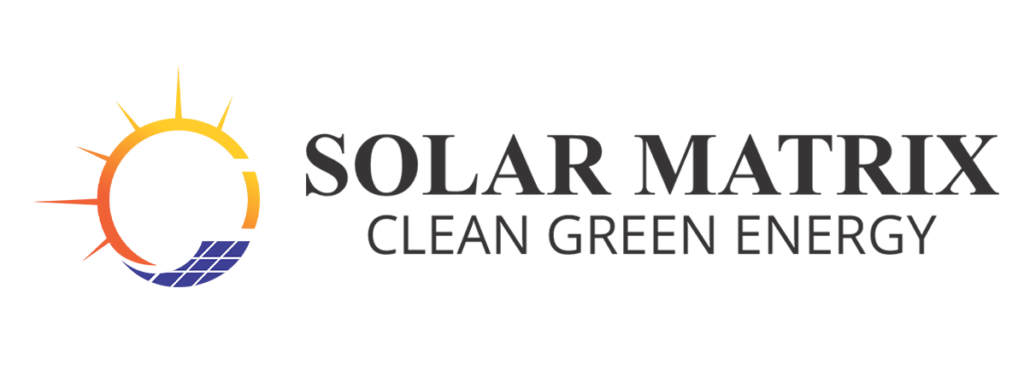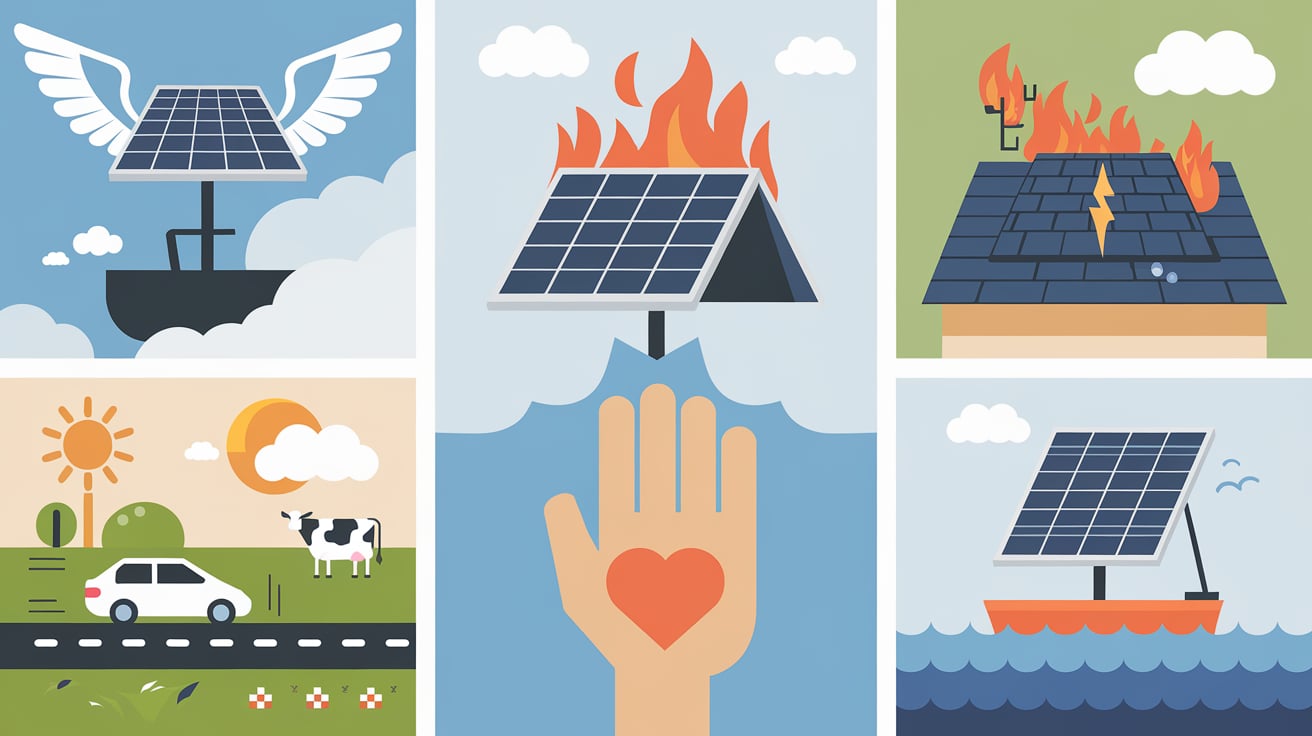Solar energy, like many innovations, has its share of misconceptions that persist despite lacking any factual basis. It’s crucial to debunk these myths regularly, given the significance of solar energy for our environment and economy. In this article, we’ll address a few common myths and provide accurate insights about solar panels and solar energy.
Solar energy has been steadily gaining popularity, but persistent myths can mislead people and discourage them from embracing this fantastic alternative to fossil fuels. Let’s clarify the common misconceptions surrounding solar energy.












